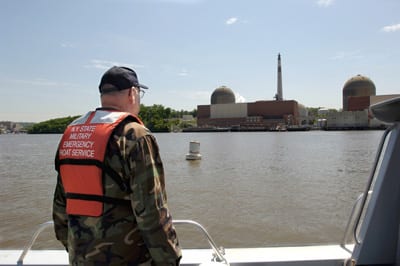
RadWaste Monitor Vol. 13 No. 01
Visit Archives | Return to Issue PDF
Visit Archives | Return to Issue PDF
RadWaste & Materials Monitor
Article 1 of 6
January 03, 2020
Holtec Projects $2.3 Billion Price Tag for Indian Point Decommissioning

Holtec International believes it can complete decommissioning of the three nuclear reactors at the Indian Point Energy Center in upstate New York in 15 years at a cost of $2.3 billion, according to a new filing with the U.S. Nuclear Regulatory Commission.
The New…
Partner Content